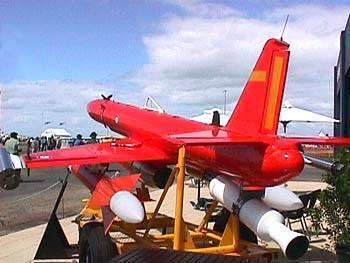Pilotless Target Aircraft in the RAN
An unmanned aerial vehicle (UAV) (commonly known as a drone but also referred to by several other names) is an aircraft without a human pilot aboard. The flight of UAVs may be controlled with various kinds of autonomy: either by a given degree of remote control from an operator, located on the ground or in another vehicle, or fully autonomously by onboard computers.
UAVs are often preferred for missions that are too “dull, dirty or dangerous” for manned aircraft. They have been and are mostly found in military and special operation applications, though UAVs are increasingly finding uses in civil and recreational applications, such as policing and surveillance, aerial filming, and drone racing.
The RAN, like most other advanced militaries, found a need for UAVs initially as Pilotless Target Aircraft (PTAs). The first known acquisition to meet this requirement was the Northrop Radioplane purchased in 1963. This was followed by the Jindivick Pilotless Target Aircraft and then the Kalkara Missile. The replacement to the Jindivick, the Turana, never reached production as it was cancelled in 1979.
A history of each type can be found by clicking on the images below:






